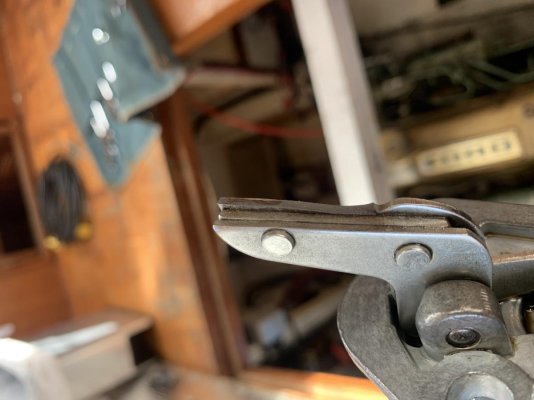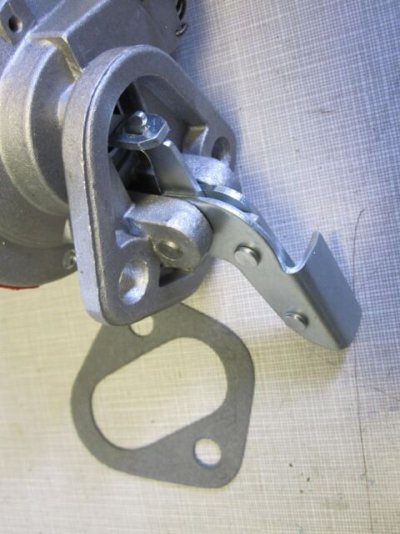Randomwake
Member
- Joined
- Oct 2, 2021
- Messages
- 24
- Vessel Name
- Random wake
- Vessel Make
- 76’ CHB 34’ tricabin
I replaced my lift pump due to fuel dilution in the oil. The first new lift pump worked for 20hrs before the “foot” which rides on the camshaft sheared off. I thought it was an anomaly and got the pump warrantied. Installed the second new pump, installed easily and pumped 5psi like clockwork. 5 engine hrs later and the pump was dead due to the exact same failure. Almost looks like the edge of the cam sawed off the foot???



